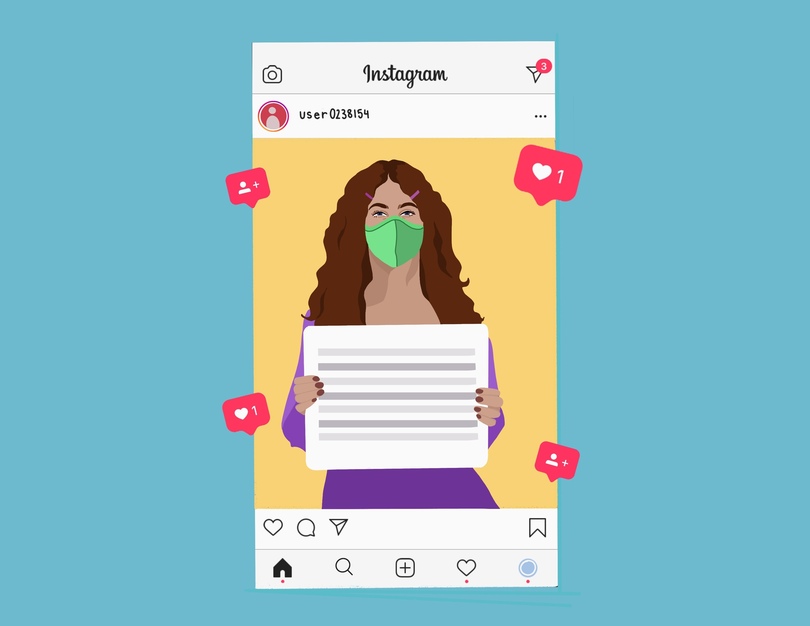Global issues don’t belong on Instagram. They belong in action.

Nabeeha Anwar | Presentation Director
The Daily Orange is a nonprofit newsroom that receives no funding from Syracuse University. Consider donating today to support our mission.
In an era dominated by social media, we use Instagram, Facebook and Snapchat to raise awareness of global issues we usually don’t see on mainstream news. With one click, we can repost content we agree or disagree with, and either choice works to inform individuals on the shared topic. But we often forget about the world beyond social media and the people who don’t use these apps.
Through social media, we came to learn more about the Uyghur crisis in China, the Beirut explosion in Lebanon, the Yemeni Civil War and many other global issues. Social media has made this information accessible and easy for young people to consume. But is it enough to bring any form of change? What are we actively doing to address these issues, other than discussing them on social media?
We must take action beyond social media. As of July 2020, 3.96 billion people worldwide use social media. Although that’s approximately half the global population, we can’t forget the rest. The rest gets their news in various ways, including television. Indeed, there’s word of mouth, but how far can that take an issue?
“All we do is post about it,” said Jehan Muhialdain, a sophomore at Syracuse University who is from Iraq. “That said, when protests were going on, I started a GoFundMe. That was the most I honestly could do from here. I raised about $1,300, and I sent it to my uncle, and he used it there to help people with medical supplies.”
Students can do more in the SU community to raise awareness of overlooked and often-forgotten issues by hosting events on campus, posting flyers and setting up stalls to inform people. I’ve noticed activities taking place at various other colleges with diverse populations. Even at my high school, we had activities and events about the Rohingya crisis, which brought people together around a specific problem in society.
“I don’t see that a lot on our campus, honestly, and it’s disappointing because our campus is so big,” Muhialdain said. “We should be starting something.”
Through such events, flyers and donations, we can see a tangible effect from our activism. The United States dollar can amount to a more enormous sum of money when converted into other currencies, resulting in great help. With such a vast population in SU, these donations are definitely manageable.
For example, #NotAgainSU united students, brought racial issues on campus to light and proved change can happen. It also showed there are opportunities for raising awareness of global problems through means beyond social media.
Along with older and elderly individuals, there are certainly students who don’t use social media. Personally, I went weeks using social media solely for communication without interacting with my feed. But many people would be more comfortable discussing issues on social media than physically participating in events.
“Talking about difficult issues in person is harder,” said Terrell Northrup, an associate teaching professor of international relations and political science at SU. “It’s easier to post something online, and you wouldn’t have the same kind of social worries you would have in the same space with somebody else. That’s both a benefit and a problem,” she said.
We already have a variety of clubs and organizations on campus, such as the International Relations Club, focused on international communities and addressing global issues. These organizations are a great foundation that SU’s diverse student body can use to make substantive, tangible change beyond our social media bubbles.
Sourov Rayhan is a sophomore English major. Their column appears bi-weekly. He can be reached at srayhan@syr.edu.





